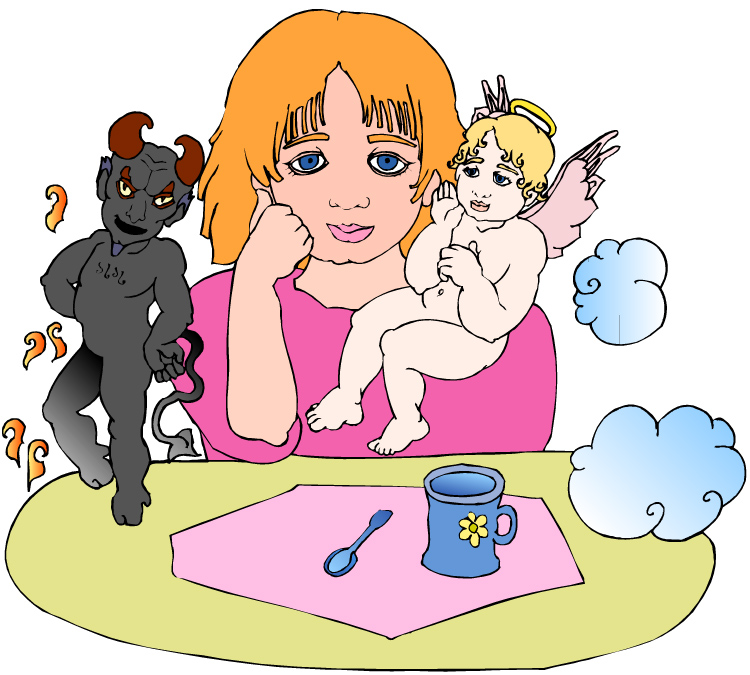Article by Chelsey Trisa
For Roman Catholics, fasting is the reduction of one’s intake of food to one full meal (which may not contain meat during Fridays in Lent) and two small meals (known liturgically as collations, taken in the morning and the evening), both of which together should not equal the large meal. Eating solid food between meals is not permitted. Fasting is required of the faithful between the ages of 18 and 59 on specified days. Complete abstinence, required of those 14 and older, is the avoidance of meat for the entire day. Partial abstinence prescribes that meat be taken only once during the course of the day.
Pope Pius XII had initially relaxed some of the regulations concerning fasting in 1956. In 1966, Pope Paul VI in his apostolic constitution Paenitemini, changed the strictly regulated Roman Catholic fasting requirements. He recommended that fasting be appropriate to the local economic situation, and that all Catholics voluntarily fast and abstain. In the United States, there are only two obligatory days of fast – Ash Wednesday and Good Friday. The Fridays of Lent are days of abstinence: those observing the practice may not eat meat. Pastoral teachings since 1966 have urged voluntary fasting during Lent and voluntary abstinence on the other Fridays of the year. The regulations concerning such activities do not apply when the ability to work or the health of a person would be negatively affected.
Prior to the changes made by Pius XII and Paul VI, fasting and abstinence were more strictly regulated. The church had prescribed that Roman Catholics observe fasting and/or abstinence on a number of days throughout the year.
In addition to the fasts mentioned above, Roman Catholics must also observe the Eucharistic Fast, which involves taking nothing but water and medicines into the body for one hour before receiving the Eucharist. The ancient practice was to fast from midnight until Mass that day, but as Masses after noon and in the evening became common, this was soon modified to fasting for three hours. Current law requires merely one hour of eucharistic fast, although some Roman Catholics still abide by the older rules.
The Catholic Church has also promoted a Black Fast, in which in addition to water, bread is consumed. Typically, this form of fasting was only used by monks and other religious individuals who practice mortifications and asceticism, but all Catholics are invited to take part in it with the advice and consent of their Spiritual Director.
For Eastern Orthodox and Greek-Catholic Christians, fasting is an important spiritual discipline, found in both the Old Testament and the New, and is tied to the principle in Orthodox theology of the synergy between the body (Greek: soma) and the soul (pnevma). That is to say, Orthodox Christians do not see a dichotomy between the body and the soul but rather consider them as a united whole, and they believe that what happens to one affects the other (this is known as the psychosomatic union between the body and the soul). Saint Gregory Palamas argued that man’s body is not an enemy but a partner and collaborator with the soul. Christ, by taking a human body at the Incarnation, has made the flesh an inexhaustible source of sanctification. This same concept is also found in the much earlier homilies of Saint Macarius the Great.
Fasting can take up a significant portion of the calendar year. The purpose of fasting is not to suffer, but according to Sacred Tradition to guard against gluttony and impure thoughts, deeds and words.[24] Fasting must always be accompanied by increased prayer and almsgiving (donating to a local charity, or directly to the poor, depending on circumstances). To engage in fasting without them is considered useless or even spiritually harmful. To repent of one’s sins and to reach out in love to others is part and parcel of true fasting.
Chelsey Trisa’s: Pitching Machine,Suit, Cowboy Hat, AndResorts.
Find More Catholic Fasting Articles
